CSSCI
CSSCI - Chinese Social Sciences Citation Index - includes cited references in a mixture of entries in both Chinese and English.
Here are some examples of what you can do with CSSCI data using CiteSpace.
Here are the search query and various filters used for the search:
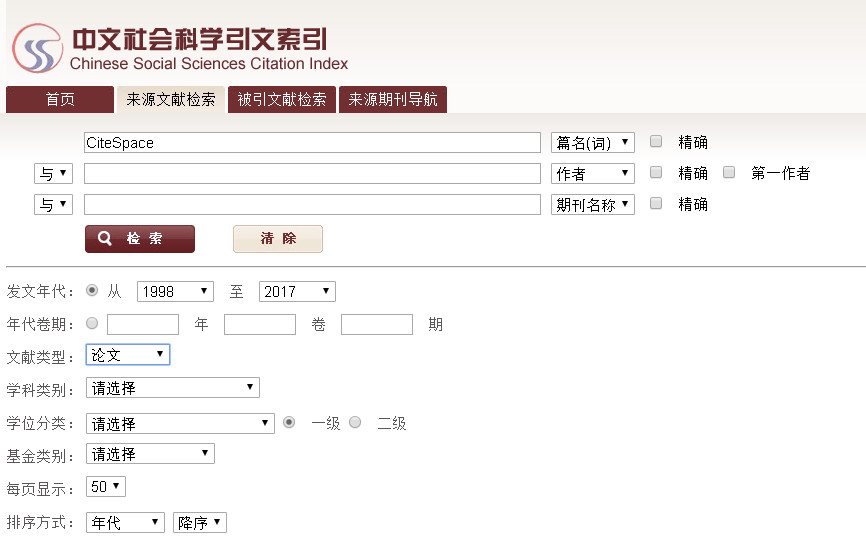
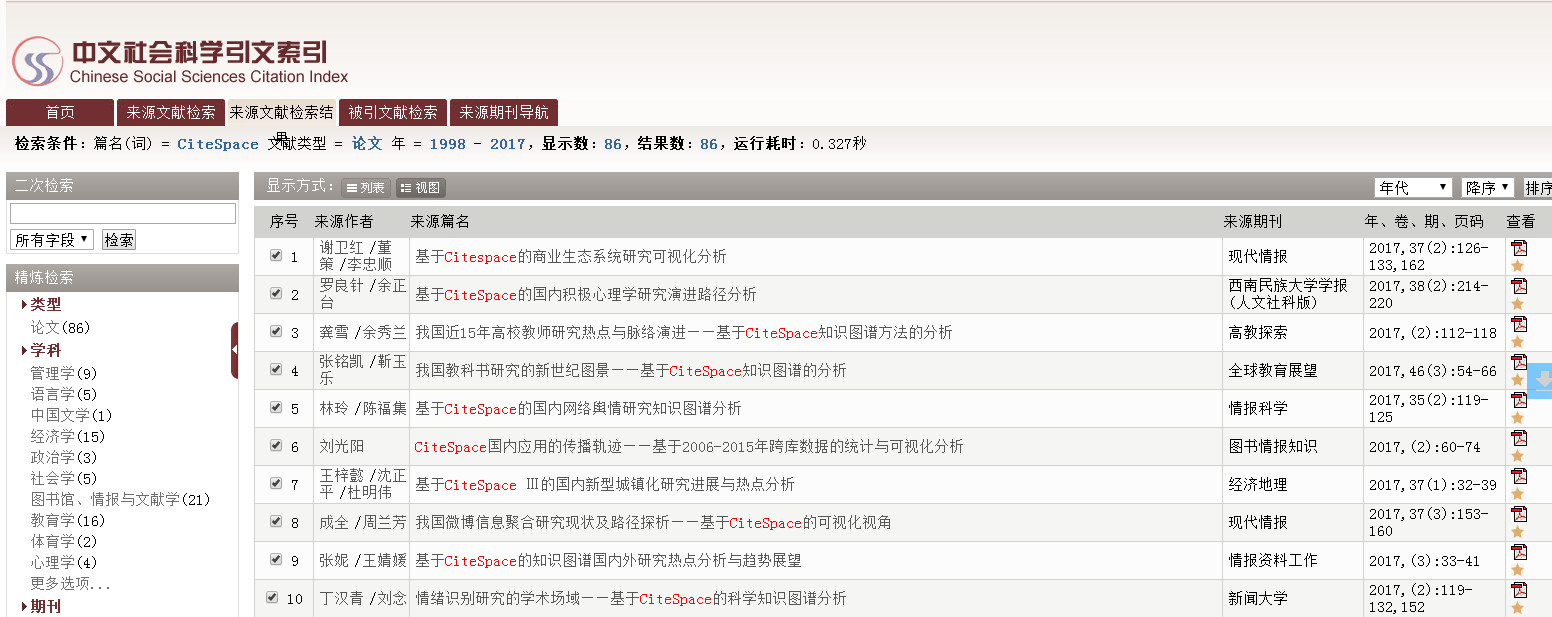
This is how I configured the project in CiteSpace. You may tailor the properties to suit your own datasets.
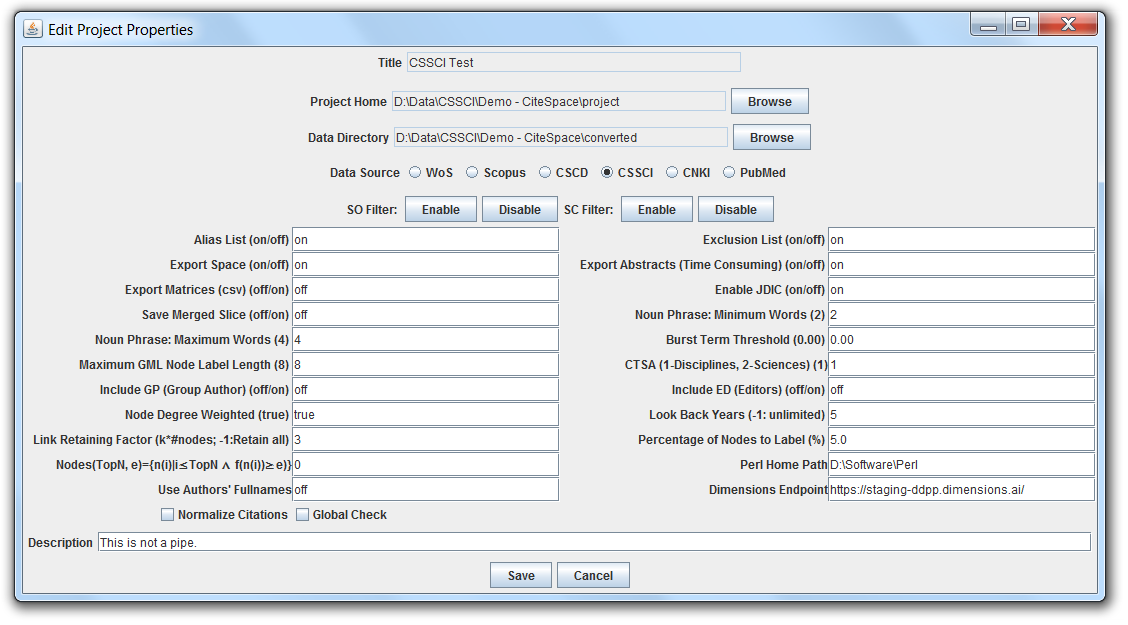
Keywords
First, a network of co-occuring keywords. Most of them are in Chinese.

Next, you can step forward and backward in time through the link walkthrough feature to reveal connections made in a particular year. The example here shows the snapshot of the link walkthrough in year 2015.
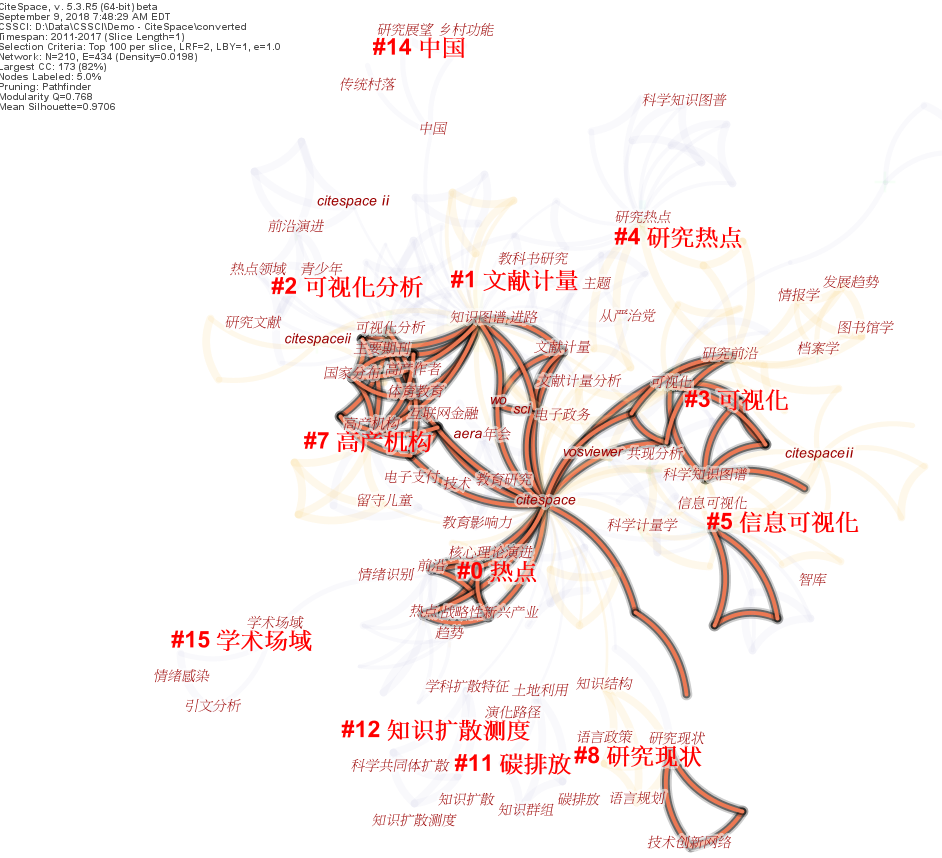
Burst Detection
Here are 9 keywords that are found to have sharpe increases (aka burst) during the period of 2011-2017.
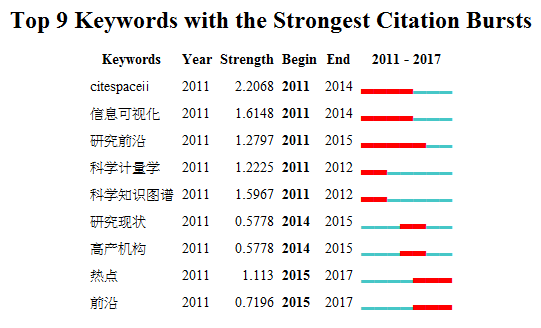
Local Search
This is a function that has been there for a long time but I haven't seen it used in the literature. The example below illustrates its use. Surprisingly, it works well even with words in Chinese, although it was not on my mind at the time of design.
The local search query is: 北京大学|LB:热点
To those of you who may not read Chinese everyday, 北京大学=Beijing University=Peking University and 热点=hot spot or hot topics.
LB is English for Label. More information on the syntax is in the tool tip. As a result, you can see several nodes are highlighted because their labels contain the word 热点:
热点,研究热点,热点领域,知识图谱;前沿热点
Two institutions match the 北京大学part of the search:
北京大学,信息管理and ...... 北京大学,首都发展研究
This is also in the middle of a link walkthrough (year=2012).

Document Co-Citation Analysis (DCA)
The usual layout of a DCA network, including labels of cited references, which as you can see include both entries in Chinese and English.
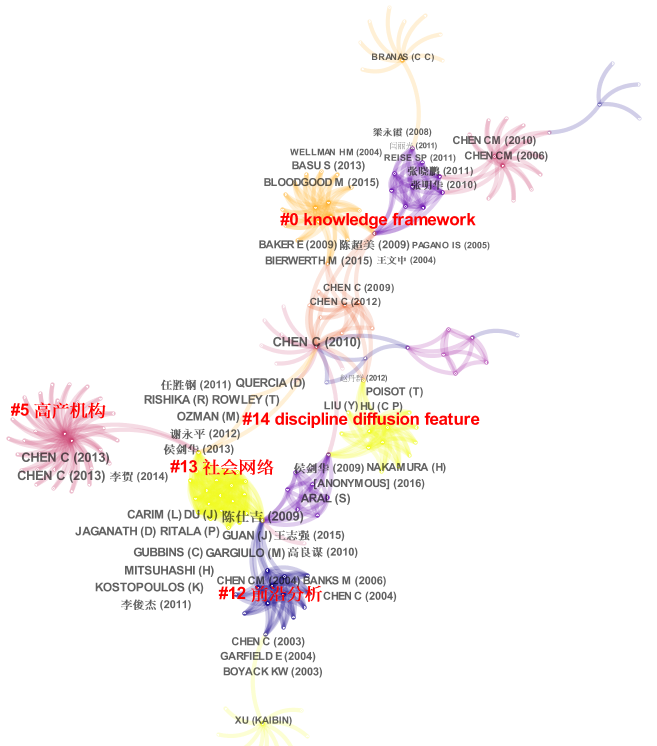
Here is a timeline view. It is easy to inspect temporal patterns of how the five clusters of co-cited references evolved over time. Each year the top-3 most cited references are shown along each of the timelines. They are too small to see in the static images. You can zoom in in the interactive mode to get a sense of what made of each timeline. For example, the timeline on the top is the largest cluster (cluster #0). The big node with a red core in 2006 is my 2006 JASIST paper on CiteSpace II, which has been cited over 2100 times on Google Scholar. Its red core indicates there was a citation burst in earlier years of the period.

Acknowledgements
The dataset used is kindly collected by 周超峰( 湖北医药学院(湖北十堰) 公共卫生与管理学院 信息学教研室).

